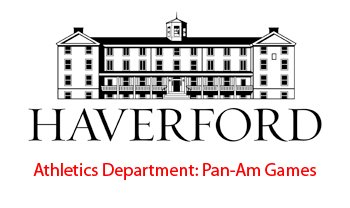(Julian Wright on left, Sherron Collins, right)
Chalmers, whose hair we assume is still trimmed tight to his head, completes a triumvirate of Alaskan born basketball stars to do serious damage in college ball – but he happens to be the first one not to do so at Cameron Indoor. The “Alaskan Assassin,” SG Trajan Langdon led his East Anchorage HS team to the ’94 State Championship, setting the Alaska AAAA Men’s record with 2,200 career points en route. Langdon and Chalmers are the only two players to ever earn
Despite their unique and totally different styles of play, Chalmers and Langdon are tied together by more than their allegiance to Seward’s Folly. Passing over the
(Trajan, the emperor)
(Trajan, the basketball player... is there a resemblance here?!)
The only real similarity between Langdon’s and Chalmers’ games is their stroke from beyond the arc. Before SG J.J. Redick hit an incredible (and Duke record-breaking) 457 3-pointers, the “Alaskan Assassin” drilled a then-record setting 342 on 802 attempts. Chalmers did some damage from downtown in high school, leading the state in 3-point shooting. But his game is not limited to dialing long distance. Better than his 3-ball, Chalmers’ best asset is his quickness. Along with
Chalmers’ defensive prowess will give the
As much as the international competition tries to slow down Team
Even though he finds F Brandon Rush instead of Collins on this ’break, check out what Chalmers can do once he has the ball in his hands: Chalmers dish. I implore you to watch this video twice – it’s only visible from the first view, which is a shame, but watch Chalmers’ wrist action. PG Darren Collison’s body is in the way on the second angle, blocking the camera from capturing the execution of the Pistol Pete Maravich “wrist pass.” This Pistol video is absolutely classic, and also worth a watch – it also might teach you something the next time you’re looking to make your opponent “eat air.”
Hopefully Chalmers and Collins, despite being little guys at 6’1’’ and 5’11’’ respectively, can be on the floor at the same time to give us a glimpse of what will be on tap all next year at the Phog Allen Fieldhouse, and maybe even in Rio this summer.








